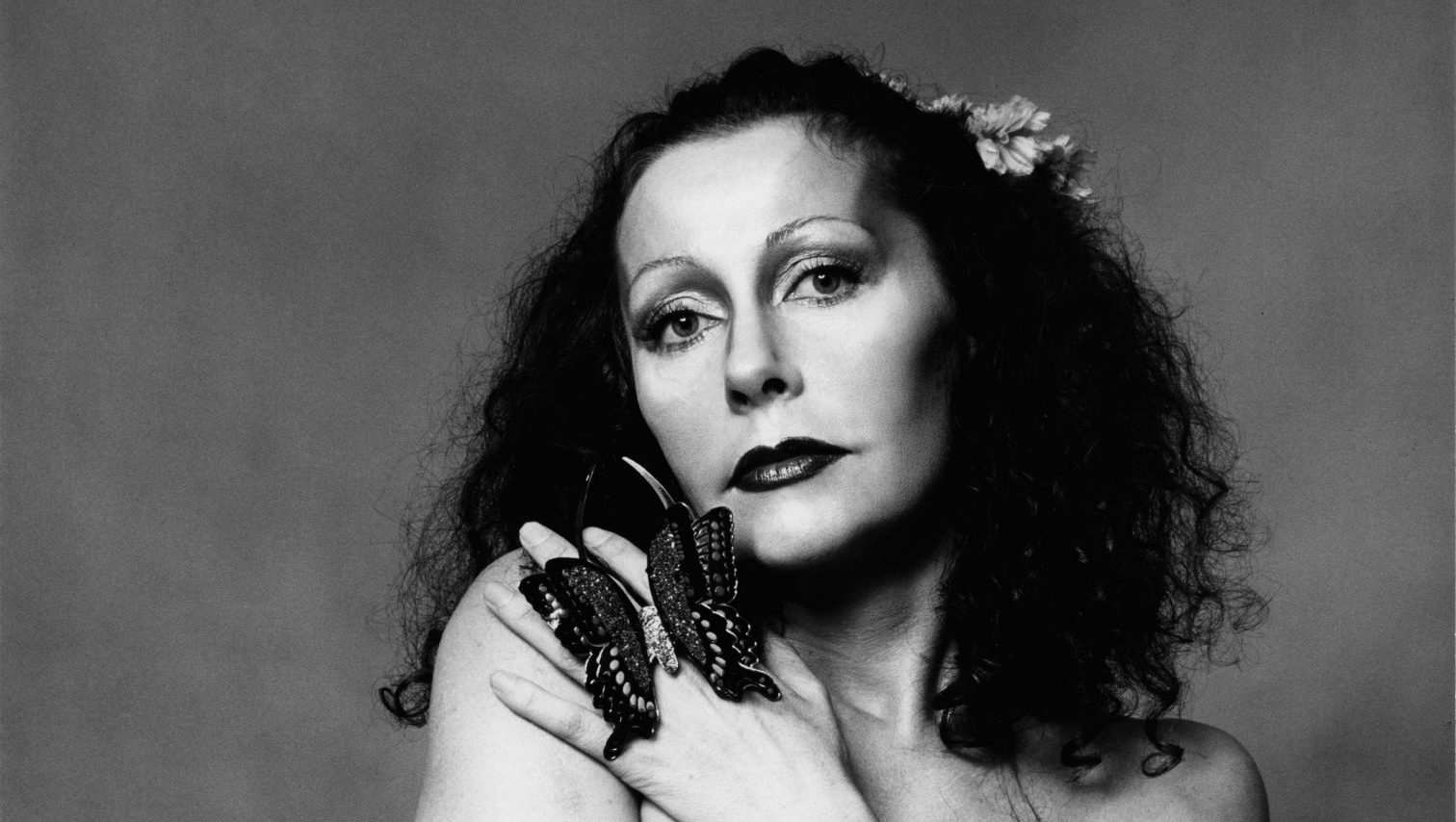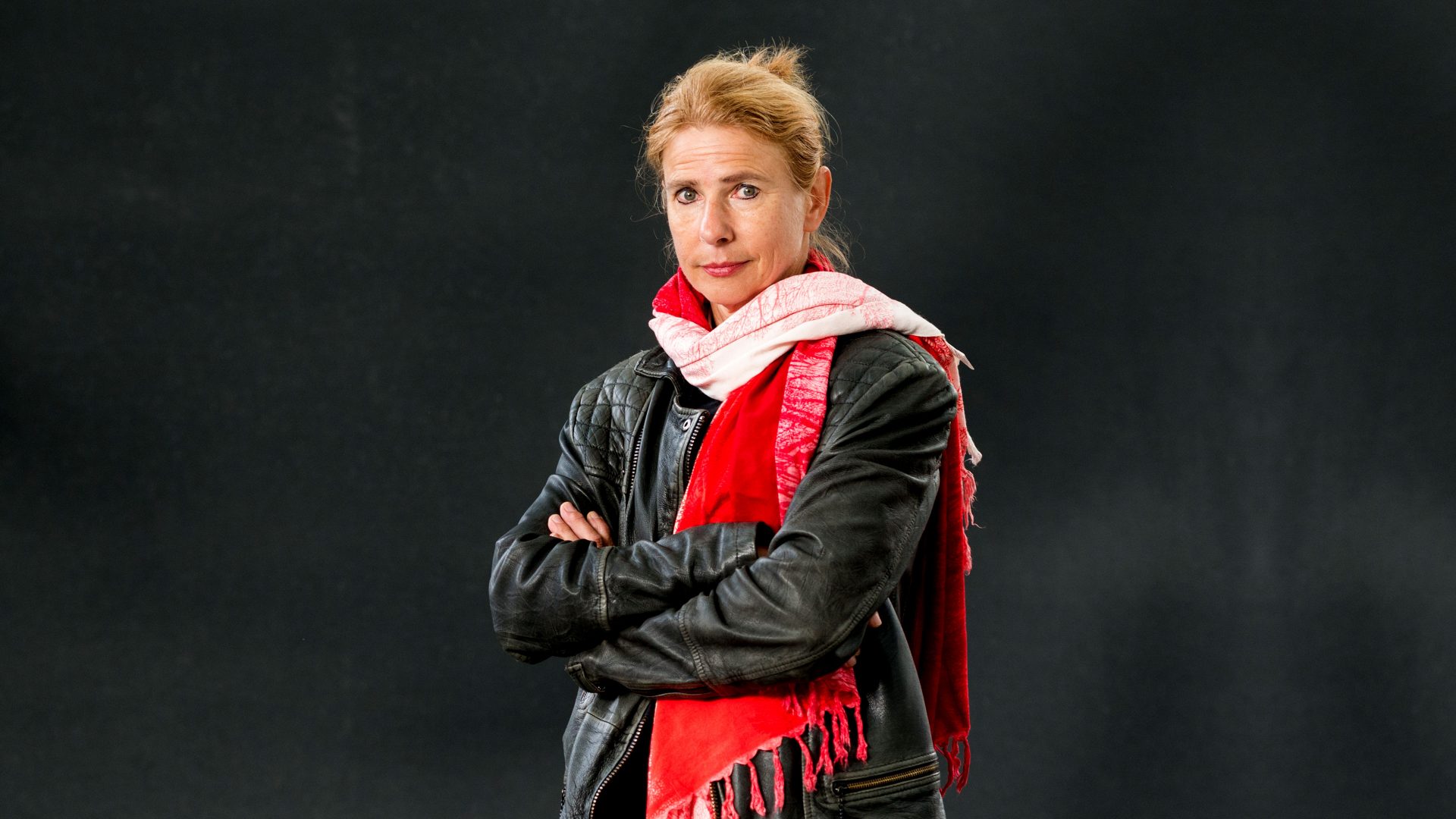It started with a spoon. An 18th-century enamelled spoon from Imperial Russia, granted, but a spoon nonetheless.
Isabelle Collin Dufresne was 24 in 1960 when her friend, Mafalda Davis, a former lady-in-waiting to the Queen of Egypt, asked her to deliver the spoon to Salvador Dalí at Manhattan’s St Regis Hotel, a stone’s throw from the Museum of Modern Art. She didn’t know it at the time but that cutlery-related errand would set Collin Dufresne on the path to becoming one of the faces of the 1960s; a key member of Andy Warhol’s Factory entourage known as Ultra Violet and an acclaimed artist in her own right.
Having presented the surrealist with the spoon, Collin Dufresne returned later at his invitation to find him in the suite he was using as a studio, setting up the lobster, telephone and nude model tableau for Venus Awaiting a Phone Call. There was an immediate connection despite Dalí being more than twice her age. That night Collin Dufresne became Dalí’s model, muse and lover.
She was already part of New York’s high society by then, having embraced the city’s vibrant cultural scene as soon as she’d arrived at the age of 17 in 1953. Her parents, wealthy but strict Catholics, had long despaired of their headstrong daughter and when attempts to curb her rebellious nature, from reform school to actual exorcism, failed, she was sent across the Atlantic to her older sister, Catherine, as a last resort.
She flourished almost as soon as she stepped off the boat. Away from the forbidding strictness of school and the family home she found a level of
freedom of which she’d never dreamed. Moving into an apartment with Catherine on the Upper East Side, she found work at the office of the French cultural attaché and the invitations to gala events that followed helped to establish her among the city’s bright young things.
Meeting Dalí introduced her to a whole new world, but the most important introduction came one day in 1964 at the St Regis Hotel café when “a near-albino wearing a synthetic shaggy wig” approached the table with “a hipster naiveté” and greeted Dalí, who introduced Collin Dufresne to Andy Warhol.
“In an odd, almost irresistible way I like the little cartoon man,” she wrote. “I feel as if I know him. I feel drawn to him.”
Warhol immediately invited her to be in a film he was making, The Life of Juanita Castro, and Collin Dufresne embarked on the next and most significant phase of her life.
“I felt surrealism was becoming old hat,” she said: “I was delighted to be discovering something else.”
Of all the Factory “Superstars”, Collin Dufresne was arguably the closest to being Warhol’s muse. Before long she adopted the pseudonym Ultra Violet, according to some a name devised by Warhol because her real name was too long and difficult for Americans to pronounce but according to Collin Dufresne a name she chose after reading an article in the New York Times about light in outer space.
“I am Ultra Violet and it is light that runs through my veins,” she declared.
A decade of Warhol-related mayhem ensued with Ultra Violet a permanent presence beside a man who was, she says, “very vulnerable, very sensitive, very shrewd, very everything”. The hedonism was unrestrained, celebrities descending upon the Factory in a blur of famous faces, Mick Jagger, Jane Fonda, Jim Morrison, John Lennon, as well as the ambitiously vulnerable drawn to Warhol’s enigmatic presence as the sun in a galaxy of chaotic artistic explosion. A self-confessed “unleashed exhibitionist, chasing headlines”, Collin Dufresne lived the life but on her terms, without the descent into drugs and alcohol that blighted so many drawn towards the Factory light.
“If I had lived like all those young people I would be dead today,” she recalled later. “I survived by grace alone.”
In 1973 she suffered a breakdown, prompting her to question the lifestyle she’d adopted since arriving in the US. She turned to Mormonism and seemed to find there the acceptance she’d craved her whole life, the authentic warmth she’d been looking for that she hadn’t received from her father. The only genuine display of affection she could recall was when she was five years old and he hugged her before going off to war. That fleeting moment aside he was cold and aloof, forcing Collin Dufresne into more and more desperate attempts to win his love.
By her early teens, she was rebelling against anything and everything, especially the strict convent boarding school to which she was dispatched in an attempt to bring her to heel. One night she sneaked out of the school near Grenoble, put on heels, a dress and a full face of makeup and headed for a bar in the nearest town. She adopted a sophistication she didn’t have, calling for a financial newspaper from the barman, lighting a cigarillo with a banknote and ordering whisky.
As she walked back to the convent a car pulled up alongside her driven by a man who had been in the bar. She had recognised him as an associate of her
father. He invited her for a drink and she got into the car, where he raped her. She was 13 years old.
Reform school followed, where her strictly religious parents called in a priest to exorcise the demons they were sure inhabited her, before she
was finally sent to her sister in New York. There she found it easier to achieve the attention she’d always craved, first with Dalí, then with Warhol and the Factory. Her breakdown prompted doubts about how genuine the experience had been, realising that, having never experienced unconditional parental love, she had no yardstick with which to compare other relationships.
In her 1988 autobiography, published a year after Warhol’s death and inevitably titled Famous for 15 Minutes, she deplored the Factory depravity of which she’d been a part and condemned it as “a movement that helped lay the basis for the explosion of hardcore pornography, drug pestilence, and the Aids plague” that followed.
In the last decades of her life she concentrated on her own art, despite admitting: “I have infinite imagination, maybe I don’t have too much technique”, and exhibited regularly in New York. The September 11 attacks
affected her profoundly and much of her later work featured the palindromic Latin numerals IX and XI, nine and 11.
The spirit of the Factory never truly left her, however. In 2010 she and
Warholian fellow traveller Taylor Mead were interviewed at an arts festival by a reporter who clearly had no idea who they were. Responding to questions about whose work they liked and why they were there, Collin Dufresne tossed her head and declared, “I like my own work. And we are here because we are world-famous.”




